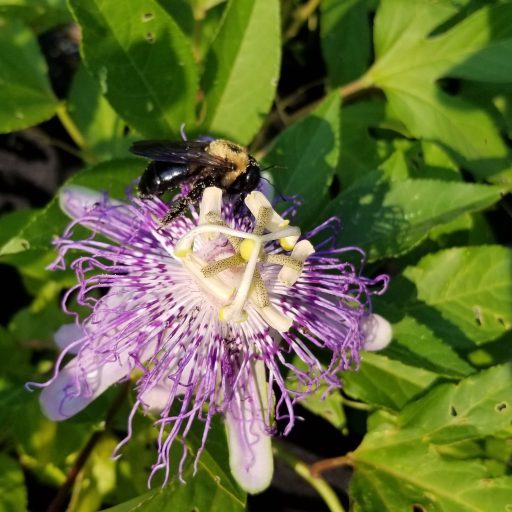Permaculture is word invented by Bill Mollison and David Holmgren to describe a system of designing human settlements that are based on ecological models. It comes from a combination of “permanent” and “agriculture” and now is also widely said to also combine “permanent” and “culture.” Like any word in any language, it is a narrow framing of reality, and its meaning is constantly shifting. Someone might think permaculture is a cheesy buzzword describing guilt-ridden middle class whites who don’t want to get a job. To others, permaculture is merely a smart way of building a house. For me, permaculture is a hope for the future, but falls short of describing my dream for it. I think permaculture is great and, despite the title of this article, it doesn’t really go head to head with feralculture at all.
Feralculture has much in common with permaculture, including care for the Earth and goals of sustainable living. The key difference is that permaculture comes still from the word agriculture, and is most often practiced within a similar paradigm (as progressive as it might be.) The idea of a “permanent” human settlement is a big part of the transition a certain group of humans made around 10,000 years ago that has lead to the destruction of the global ecosystem (and psychological and cultural decay.) Humans have pretty much always been hunter/gatherer migrants. When, as mentioned above, some of them decided to live in one place, it set off a series of adaptations that led to the modern destroyer culture. I want to also clarify here that migratory doesn’t mean refugees or lost wanderers without a home — that is when “permanent” settlements of people move, looking for a new home. What I mean by migratory is the way most human cultures have lived on this planet, — in flow with life, movement with the seasons. Go to the coast in the winter to catch seafood, and head inland in the fall for acorn harvests, for example.
Permaculture has been taken by some people to be the savior from agriculture, but the term is in my opinion too heavily rooted in that very system. So often permaculture is the design for a homestead, a farm, or a permanent garden in a certain unchanging plot of land. While permanent is good in the sense that it aims at sustainability, it also often reinforces the way of life of agriculturalists. Feralculture proposes that we reinvent the very foundation of our culture which includes returning to a more migratory way of life.
Feralculture is a transitional practice and way of being. We were once “wild” humans — people with Right Relationship living before the “fall.” Then the onset of domestication happened and those early domesticated cultures conquered and laid waste to the planet. Now, most people on the Earth don’t know anything different. There is no “going back” or return to the way it was. Population, ecosystems, and available knowledge won’t permit that. What we can do, however, is go feral. Just like a chemical agricultural system cannot just overnight switch to organic (hence “transitional” agriculture), it is the same for turning ourselves away from domestication and destructruction of the Earth. Feralculture, being transitional, is an umbrella that can hold homesteading and building permanent sustainable developments (just like permaculture suggests.) The key difference is the understanding of where we are in this cycle, what we’ve lost, and how far we have to go. Feralculture, by its construction, doesn’t allow you to buy a Prius and build a passive solar house and say that you’ve done your part. Instead, it suggests a radically different way of living than we are used it, one that even in itself is not sufficient, but aiming toward the future and our anscestral past simultaneously. I believe that in a model for a world in which we can again thrive as human beings must have embedded in it an aknowledgmement of the tremendous loss we have suffered and the realization that it is a long slow road ahead. Using “feral” as defined here, hopefully will provide for that. At least that is what we hope for. That would be nice.
